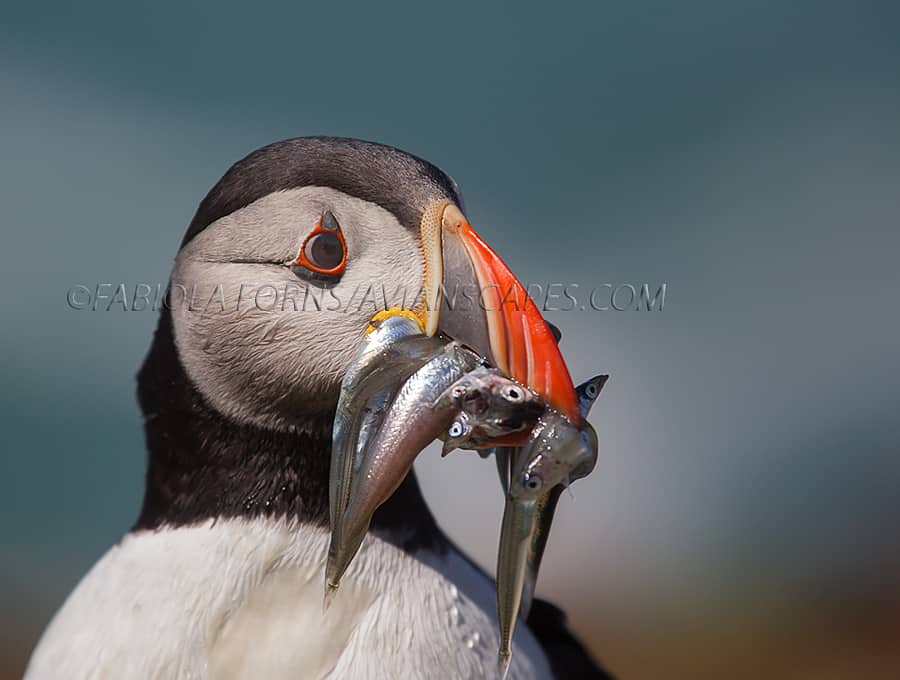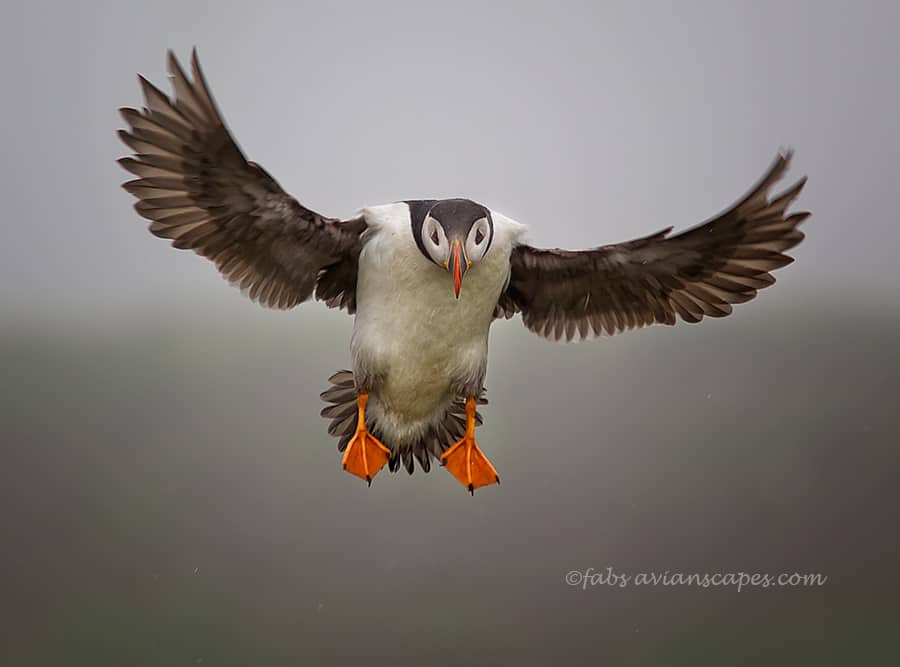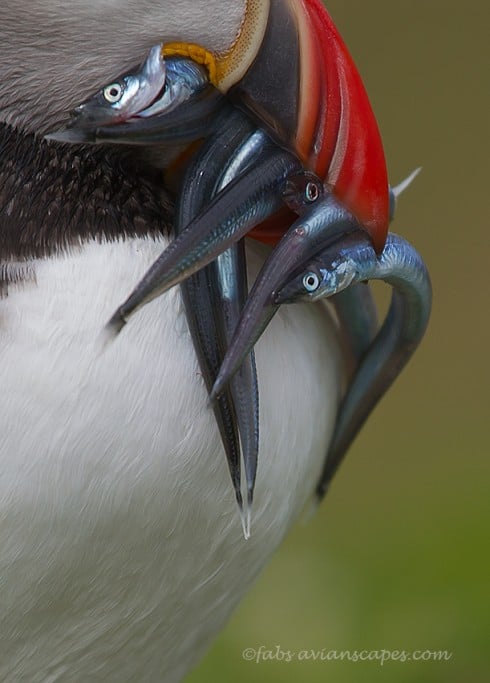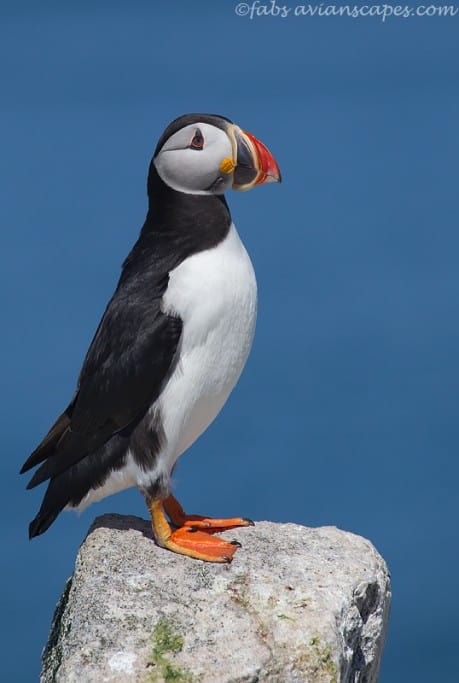These tiny super fast birds, in the auk family, live in the ocean and only come to land to breed. They are present in the northern seas and usually choose rocky islands to form their colonies.
They are present from the coast of Northern Europe, Farne Islands, Iceland as well as Eastern Unite States and Canada. Since the Atlantic Puffin spends its winters on the open ocean, it is susceptible to human impacts such as oil spills.
If an accidental oil spill occurs and pelagic birds are exposed, toxins are inhaled or ingested which leads to kidney and liver damage. This damage can contribute to a loss of reproductive success and damage to developing embryos.


On the other hand, puffin numbers increased considerably in the late twentieth century in the Northern Sea, including on the Isle of May and the Farne Islands. Numbers have been increasing by about 10% per year in recent years. In the 2006 breeding season, about 68,000 pairs were counted on the Isle of May. However, Iceland has many times as many breeding pairs with the puffin being the most populous bird on the island, estimated at about 5 million pairs
They create burrows for the eggs and raising the chicks, and would destroy any trees in the area because of the undermining of the roots created by the burrows. Their bill and feet get to be a very bright orange and many know them as “clowns of the ocean”.

The chicks are very dark and you would never easily guess they are Puffins if you saw the outside of the colony.
Fishing and bringing lots of pray to feed the family is not a problem for them, since the spines in the palate allows them to pack quite a few fish at a given time, held by the tongue. The b ills is still free to catch more fish and these are held facing alternate direction. They usually have to be careful of Gulls, who wait fro them to bring the fish and steal from them, or to go in the burrow and get a chick fro a meal.

They are monogamous and share parental duties. They are sexually mature about 4 or 5 years of age and will stay in the ocean until they are ready to breed. They lay a single egg, incubation lasting from 39 to 45 days, And fledging approximates 49days.
Selection of a mate and mating takes place in the sea.
Population was greatly reduced in the 19th century, when they were hunted for meat and eggs. But today, reintroduction projects have taken place on a number of islands, including one on the coast of Maine titled Project Puffin, and these have given local boosts to some Puffin populations.
You can watch a short video of the Farne Islands, with Puffins and Arctic Terns:
For more from Fabiola Forns, visit Avianscapes.com
A few other pictures of Atlantic Puffins:

Fabiola Forns
Fabiola Forns is artistically inclined and after dabbling in creative writing, music and oil painting, has found her true call in wildlife photography. An extensive traveler, she has lived in Europe, New York and Puerto Rico, finally making Miami her permanent home. Fabiola holds a degree in Human Resources from St. Thomas University in Miami, and is also Adjunct Faculty at Miami-Dade College, as photography instructor. She tries to merge visual arts with realistic photographs and her style fluctuates between serene landscapes and bold abstracts.

Leave a Reply